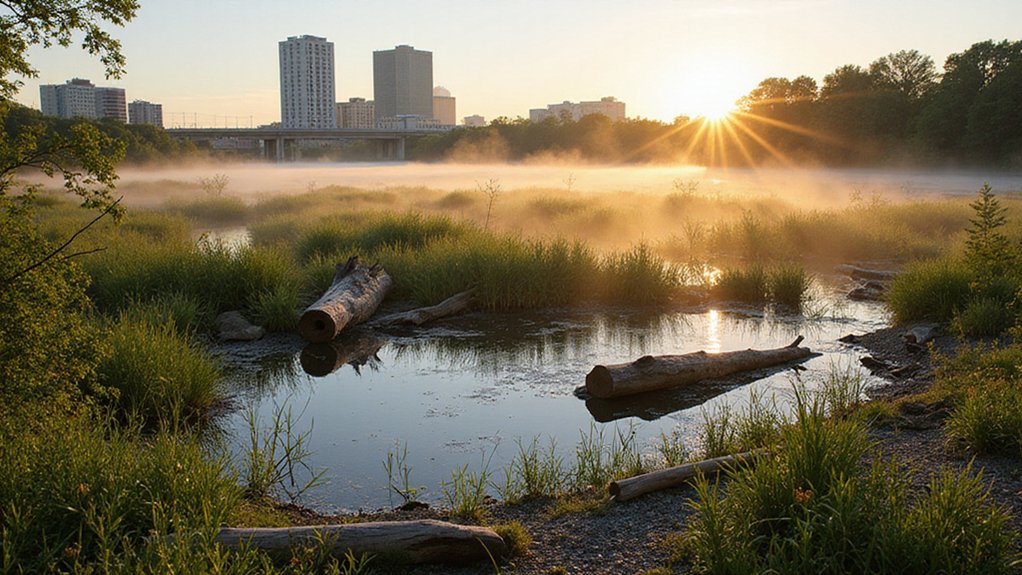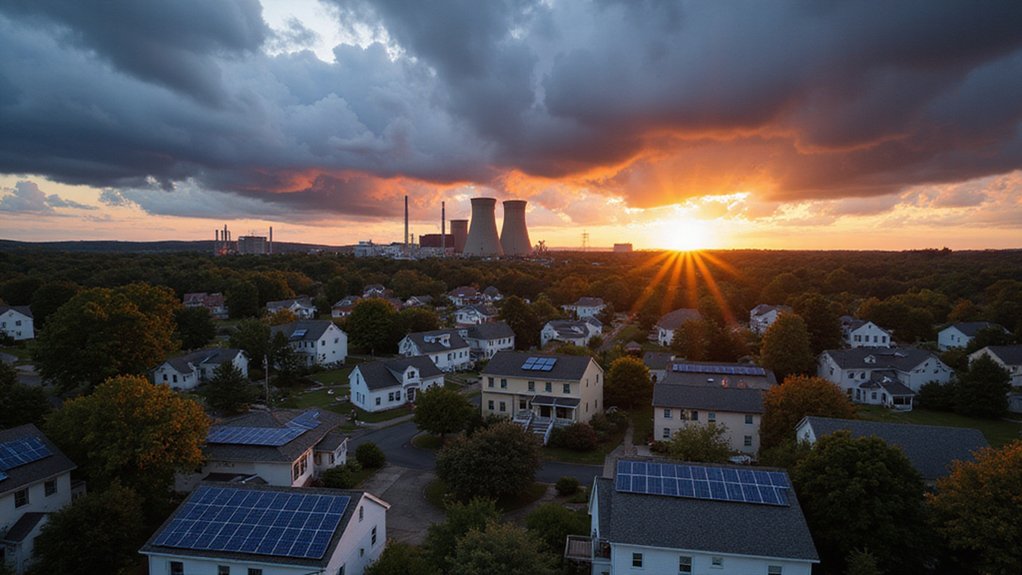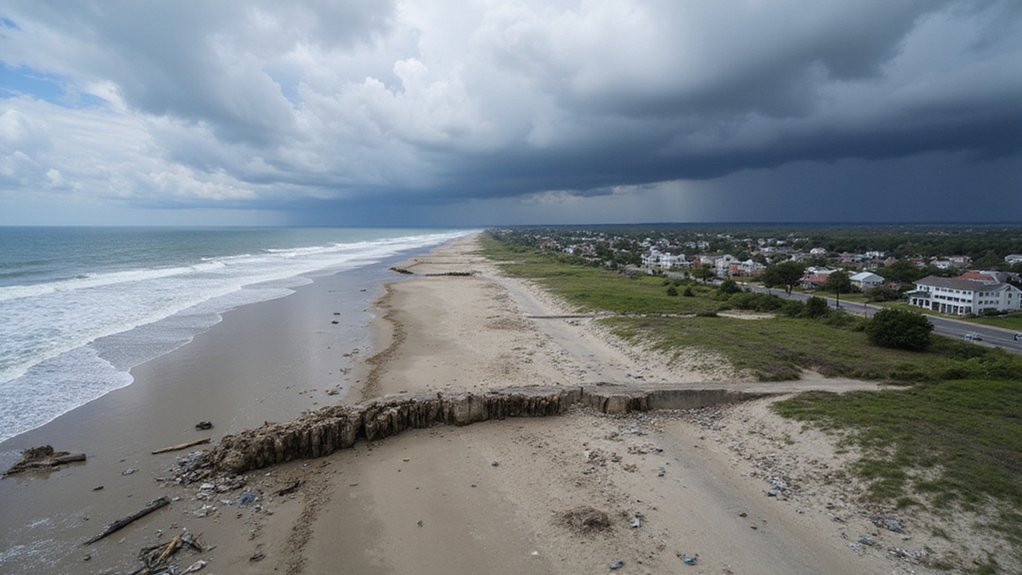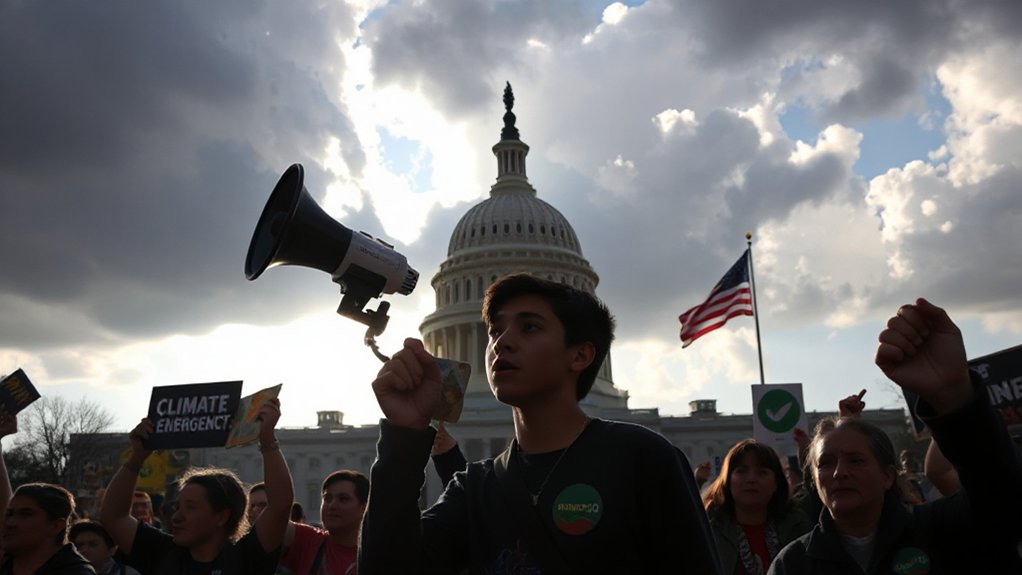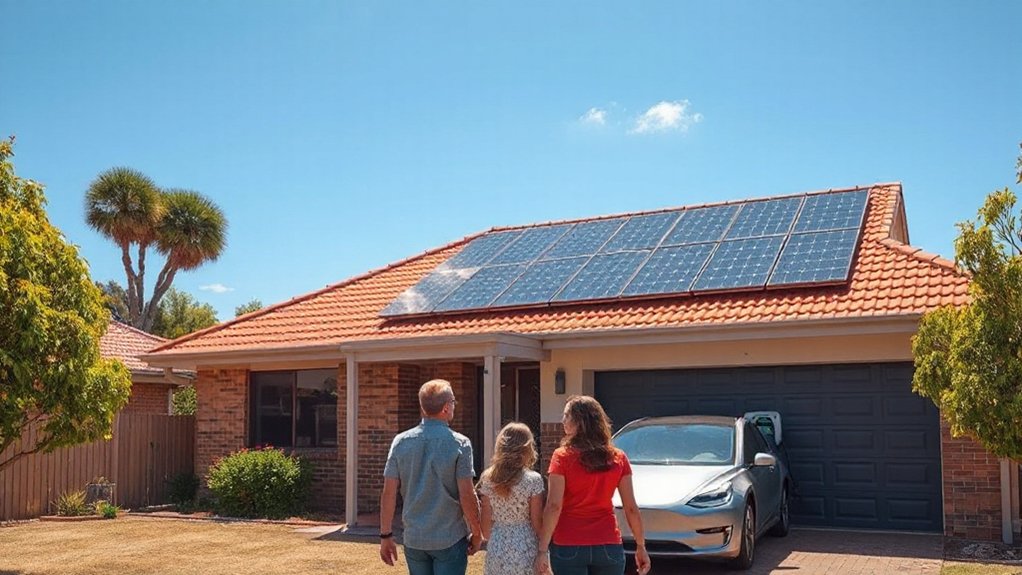Dozens of Baltimore’s forgotten acres are getting a second chance at life. Where federal funding once promised and failed, local dollars now flow like the tides meant to nourish these essential ecosystems. A hefty $11.5 million is being poured into restoring 11 acres of wetlands by 2025—part of a bigger 50-acre vision along the Patapsco River. The feds bailed, but Baltimore didn’t give up.
Who’s paying? The Horseshoe Casino, for one. Turns out gambling money can actually do some environmental good. South Baltimore Gateway Partnership and Greenvest engineering are leading the charge, installing breakwaters and gravel sills that let water move naturally. Nature’s pretty smart when we stop messing it up.
Turns out your next jackpot might be a healthy ecosystem—local casino dollars flow where federal funding dried up.
These aren’t just pretty patches of green. They’re working environments. Storm surges? Absorbed. Polluted runoff? Filtered. Wildlife needs a place to crash? Consider it done. The restoration brings back native grasses and plants that hold soil in place—something concrete just doesn’t do. Local street trees get a second life too, slowly decaying to create complex habitats. Circle of life stuff.
Climate change isn’t waiting, and neither is Baltimore. These wetlands act as natural buffers when storms hit—which happens more often these days, in case anyone hasn’t noticed. They’re especially critical in underserved neighborhoods where flooding hits hardest. Traditional infrastructure costs a fortune to maintain. Wetlands? They basically maintain themselves. Dr. Eric Schott from the University of Maryland stresses the importance of understanding nature’s role in urban wetland restoration. The project exemplifies sustainable management practices that balance human needs with the natural replenishment rates of these vital ecosystems.
Kids and families have already claimed these spaces. Anglers cast lines, cyclists ride past, and community events bring people together, even as restoration continues. The Youth Resiliency Institute provides educational programming for local youth to help them connect with these waterfront spaces. It’s not perfect—decades of neglect don’t fix overnight—but it’s working.
The irony? These abandoned federal projects are now testing grounds for new environmental laws that the feds themselves will scrutinize. Meanwhile, Baltimore keeps it practical, recycling city resources and adapting when things don’t go as planned. Federal promises may evaporate, but Baltimore’s wetlands are rising from the muck anyway.
References
- https://www.ehn.org/baltimore-is-restoring-wetlands-to-protect-neighborhoods-from-climate-threats
- https://www.wypr.org/wypr-news/2025-06-09/despite-federal-and-state-challenges-resiliency-and-native-plants-grow-in-baltimore-wetlands
- https://insideclimatenews.org/news/13072025/baltimore-wetlands-restoration-federal-funding-setbacks/
- https://www.waterfrontpartnership.org/blog/2025-water-quality-update
- https://bsec.21cc.jhu.edu/news/bsec-january-2025-quarterly-research-update/
